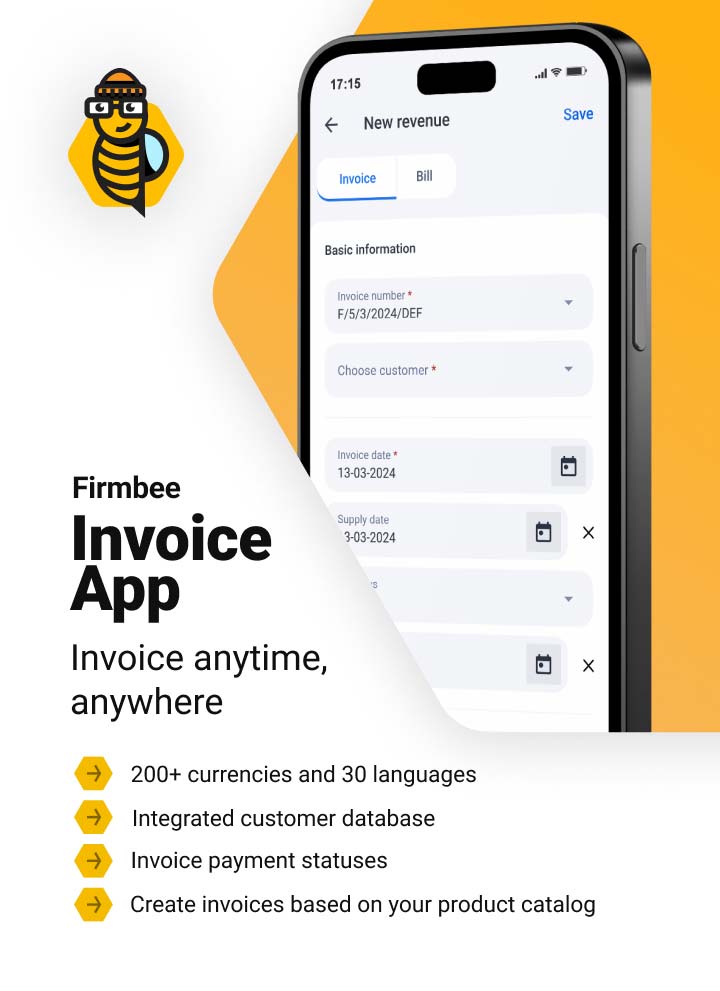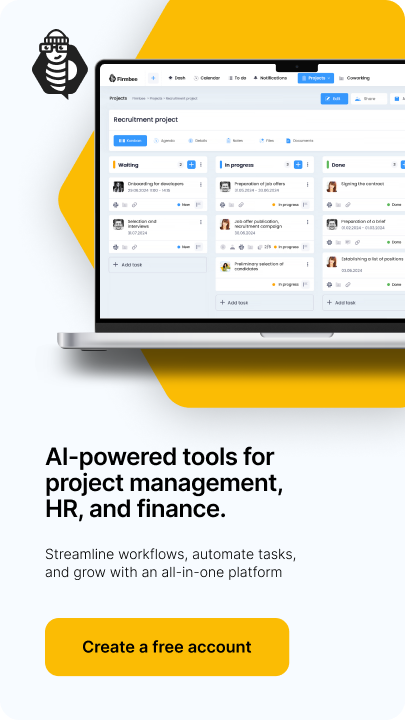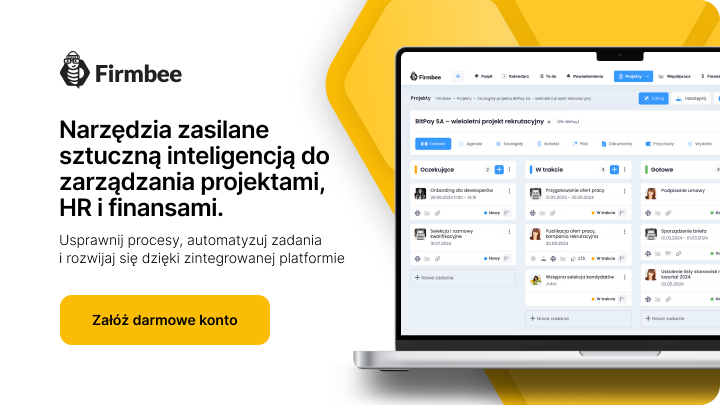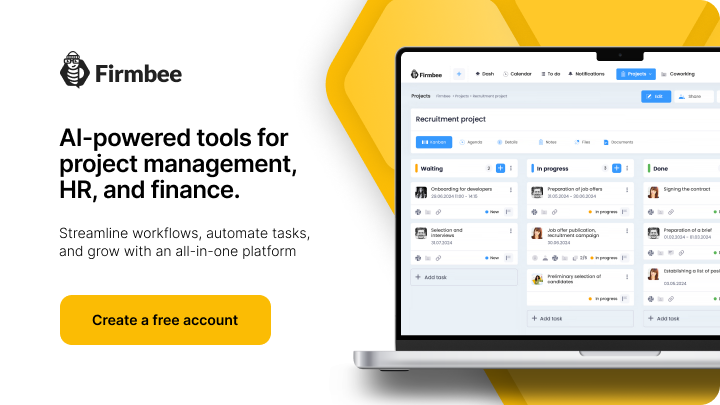Companies grapple with managing a vast amount of content published online, from social media posts to forum comments. Inappropriate, offensive, or illegal content can significantly harm a brand’s reputation. However, manual content moderation is tedious, costly, and poorly scalable. This is where AI steps in. AI in content moderation can enhance your brand’s protection online. AI tools are revolutionizing the way companies moderate their online content, offering more efficient, scalable, and cost-effective solutions. So let’s go behind the scenes of this fascinating topic and take a look at the tools that make it easier to scale the moderation process. You’ll see why it makes sense to leverage the potential of AI in this area. Read on.
The role of AI in content moderation – table of contents
Why is content moderation critical to your business?
Protecting the image and reputation of a brand is one of the key reasons why companies should take content moderation seriously. Inappropriate or offensive materials can easily alienate customers, undermine trust in the company, and leave a lasting negative impact online. Without proper moderation, harmful content can spread online quickly.
As numerous cases have shown, even a single controversial publication can stir up a media storm. In 2017, Amazon faced a wave of criticism when its platform featured deeply disturbing content glorifying Nazism and the Holocaust. Similar scandals affected brands like Walmart, Sears, and Nordstrom when their online stores sold clothing with racist symbols. Without effective moderation, this can lead to boycotts, financial losses, and serious damage to reputation.
Content moderation helps companies maintain desired standards and values across all materials they publish. This is especially crucial in today’s digital age, where companies aim to foster engaged online communities around their brands. Open discussion forums become an easy target for spammers, trolls, and haters. Proper moderation helps create a safe, friendly space for valuable interactions.
Content moderation methods
When talking about content moderation, it is important to distinguish between two main approaches – pre-moderation and post-moderation. Both have their benefits and challenges.
Pre-moderation is about reviewing and approving content before publishing it. This approach allows full control over what appears online under a brand’s name. Its downside is the time-consuming process, which delays content publication. In the era of social media and the expected rapid response from brands, this can pose a significant challenge.
On the flip side, post-moderation focuses on reviewing already published content and removing undesirable material. Although this type of moderation does not slow down the publication process, it carries the risk that inappropriate content circulates on the internet for a certain period before being addressed. This may expose the brand to criticism and further spread of harmful material.
Combining both methods seems to be the optimal solution – automation using artificial intelligence can significantly speed up pre-moderation, while human moderators focus on more complex cases within post-moderation.
An important consideration is deciding which types of content should undergo moderation. This can include:
- texts – for example, comments posted by users,
- images – thanks to AI image recognition capabilities, this has become much simpler,
- videos – where AI tools are increasingly effective.
AI in content moderation
Traditional, human content moderation is becoming an increasingly challenging task in the age of ubiquitous social media and the vast amount of generated content. As shown by research from the United States Air Force, every month the military must review approximately 750,000 posts on Facebook, Twitter, and other platforms. Manual moderation of such a volume of content would be extremely time-consuming and costly.
This is where tools based on artificial intelligence and machine learning step in. They can revolutionize the moderation process, as they can automate it and scale it with high accuracy.
A key advantage of AI is its ability to instantly analyze massive amounts of data – text, images, video – and accurately classify it as appropriate or undesirable. What’s more, machine learning-based systems get better at this task with each additional sample of data they process.
Implementing AI tools for content moderation allows companies to automate and speed up the process. Instead of manually reviewing content, advanced algorithms can quickly identify potentially problematic materials, saving time and money compared to traditional methods.

Source: DALL·E 3, prompt: Marta M. Kania (https://www.linkedin.com/in/martamatyldakania/)
AI content moderation software
There are several advanced AI-based tools on the market that can effectively assist organizations in the content moderation process. Let’s take a closer look at two leading solutions: OpenAI Moderation Endpoint and ClarifAI.
OpenAI Moderation Endpoint (https://platform.openai.com/docs/guides/moderation) is a content classification system developed by OpenAI, the creators of ChatGPT. It is specifically designed to identify a wide range of unwanted or harmful content such as violence, hate, nudity, drugs, or spam.
How does this tool work? First, the user submits text, an image, or a brief description of a video to the system. Then, advanced language and vision models analyze this content for the presence of unwanted elements. As a result, the user receives a detailed report with a numerical assessment and a list of category labels indicating whether the material is undesirable.
The key advantage of OpenAI Moderation is its scalability and speed. The system can generate tens of thousands of assessments per second, allowing for easy integration with even the most heavily loaded streams of data generated by large companies. As a result, this solution enables efficient and cost-effective content moderation on an unprecedented scale.

Source: OpenAI (https://platform.openai.com/docs/guides/moderation/quickstart)
Another noteworthy AI tool for moderation is ClarifAI (https://www.clarifai.com/). It specializes in analyzing and classifying images and video content for the presence of undesirable or sensitive material. The advanced computer vision (CV) technology used here can recognize a wide range of topics – from violence, drugs, and pornography to more subtle issues like alcohol consumption or tobacco.
ClarifAI is used today by hundreds of companies around the world, including giants like Canva, P&G, and Humana, to effectively moderate images and videos. The platform offers AI models that can be customized to meet specific business needs.
Summary
As companies’ digital presence continues to grow and brands expand their online reach, managing the content published under their name becomes a key challenge. Effective and scalable moderation of this content is essential for protecting the reputation and image of the brand.
AI tools like OpenAI Moderation and ClarifAI help automate and speed up moderation processes, offering impressive accuracy while significantly reducing costs. They allow for scaling moderation beyond what humans alone can achieve.
Of course, this doesn’t mean that human moderators will become entirely redundant. They will still be needed for more complex analyses and resolving questionable cases. However, by intelligently combining human and machine capabilities, companies can build a truly efficient and future-proof content moderation system.
Implementing AI in content moderation is a step that every modern brand should consider today. It’s a key tool for ensuring online safety, protecting reputation, and maintaining high standards.

If you like our content, join our busy bees community on Facebook, Twitter, LinkedIn, Instagram, YouTube, Pinterest, TikTok.
Author: Robert Whitney
JavaScript expert and instructor who coaches IT departments. His main goal is to up-level team productivity by teaching others how to effectively cooperate while coding.
AI in business:
- Threats and opportunities of AI in business (part 1)
- Threats and opportunities of AI in business (part 2)
- AI applications in business - overview
- AI-assisted text chatbots
- Business NLP today and tomorrow
- The role of AI in business decision-making
- Scheduling social media posts. How can AI help?
- Automated social media posts
- New services and products operating with AI
- What are the weaknesses of my business idea? A brainstorming session with ChatGPT
- Using ChatGPT in business
- Synthetic actors. Top 3 AI video generators
- 3 useful AI graphic design tools. Generative AI in business
- 3 awesome AI writers you must try out today
- Exploring the power of AI in music creation
- Navigating new business opportunities with ChatGPT-4
- AI tools for the manager
- 6 awesome ChatGTP plugins that will make your life easier
- 3 grafików AI. Generatywna sztuczna inteligencja dla biznesu
- What is the future of AI according to McKinsey Global Institute?
- Artificial intelligence in business - Introduction
- What is NLP, or natural language processing in business
- Automatic document processing
- Google Translate vs DeepL. 5 applications of machine translation for business
- The operation and business applications of voicebots
- Virtual assistant technology, or how to talk to AI?
- What is Business Intelligence?
- Will artificial intelligence replace business analysts?
- How can artificial intelligence help with BPM?
- AI and social media – what do they say about us?
- Artificial intelligence in content management
- Creative AI of today and tomorrow
- Multimodal AI and its applications in business
- New interactions. How is AI changing the way we operate devices?
- RPA and APIs in a digital company
- The future job market and upcoming professions
- AI in EdTech. 3 examples of companies that used the potential of artificial intelligence
- Artificial intelligence and the environment. 3 AI solutions to help you build a sustainable business
- AI content detectors. Are they worth it?
- ChatGPT vs Bard vs Bing. Which AI chatbot is leading the race?
- Is chatbot AI a competitor to Google search?
- Effective ChatGPT Prompts for HR and Recruitment
- Prompt engineering. What does a prompt engineer do?
- AI Mockup generator. Top 4 tools
- AI and what else? Top technology trends for business in 2024
- AI and business ethics. Why you should invest in ethical solutions
- Meta AI. What should you know about Facebook and Instagram's AI-supported features?
- AI regulation. What do you need to know as an entrepreneur?
- 5 new uses of AI in business
- AI products and projects - how are they different from others?
- AI-assisted process automation. Where to start?
- How do you match an AI solution to a business problem?
- AI as an expert on your team
- AI team vs. division of roles
- How to choose a career field in AI?
- Is it always worth it to add artificial intelligence to the product development process?
- AI in HR: How recruitment automation affects HR and team development
- 6 most interesting AI tools in 2023
- 6 biggest business mishaps caused by AI
- What is the company's AI maturity analysis?
- AI for B2B personalization
- ChatGPT use cases. 18 examples of how to improve your business with ChatGPT in 2024
- Microlearning. A quick way to get new skills
- The most interesting AI implementations in companies in 2024
- What do artificial intelligence specialists do?
- What challenges does the AI project bring?
- Top 8 AI tools for business in 2024
- AI in CRM. What does AI change in CRM tools?
- The UE AI Act. How does Europe regulate the use of artificial intelligence
- Sora. How will realistic videos from OpenAI change business?
- Top 7 AI website builders
- No-code tools and AI innovations
- How much does using AI increase the productivity of your team?
- How to use ChatGTP for market research?
- How to broaden the reach of your AI marketing campaign?
- "We are all developers". How can citizen developers help your company?
- AI in transportation and logistics
- What business pain points can AI fix?
- Artificial intelligence in the media
- AI in banking and finance. Stripe, Monzo, and Grab
- AI in the travel industry
- How AI is fostering the birth of new technologies
- The revolution of AI in social media
- AI in e-commerce. Overview of global leaders
- Top 4 AI image creation tools
- Top 5 AI tools for data analysis
- AI strategy in your company - how to build it?
- Best AI courses – 6 awesome recommendations
- Optimizing social media listening with AI tools
- IoT + AI, or how to reduce energy costs in a company
- AI in logistics. 5 best tools
- GPT Store – an overview of the most interesting GPTs for business
- LLM, GPT, RAG... What do AI acronyms mean?
- AI robots – the future or present of business?
- What is the cost of implementing AI in a company?
- How can AI help in a freelancer’s career?
- Automating work and increasing productivity. A guide to AI for freelancers
- AI for startups – best tools
- Building a website with AI
- OpenAI, Midjourney, Anthropic, Hugging Face. Who is who in the world of AI?
- Eleven Labs and what else? The most promising AI startups
- Synthetic data and its importance for the development of your business
- Top AI search engines. Where to look for AI tools?
- Video AI. The latest AI video generators
- AI for managers. How AI can make your job easier
- What’s new in Google Gemini? Everything you need to know
- AI in Poland. Companies, meetings, and conferences
- AI calendar. How to optimize your time in a company?
- AI and the future of work. How to prepare your business for change?
- AI voice cloning for business. How to create personalized voice messages with AI?
- Fact-checking and AI hallucinations
- AI in recruitment – developing recruitment materials step-by-step
- Midjourney v6. Innovations in AI image generation
- AI in SMEs. How can SMEs compete with giants using AI?
- How is AI changing influencer marketing?
- Is AI really a threat to developers? Devin and Microsoft AutoDev
- AI chatbots for e-commerce. Case studies
- Best AI chatbots for ecommerce. Platforms
- How to stay on top of what's going on in the AI world?
- Taming AI. How to take the first steps to apply AI in your business?
- Perplexity, Bing Copilot, or You.com? Comparing AI search engines
- ReALM. A groundbreaking language model from Apple?
- AI experts in Poland
- Google Genie — a generative AI model that creates fully interactive worlds from images
- Automation or augmentation? Two approaches to AI in a company
- LLMOps, or how to effectively manage language models in an organization
- AI video generation. New horizons in video content production for businesses
- Best AI transcription tools. How to transform long recordings into concise summaries?
- Sentiment analysis with AI. How does it help drive change in business?
- The role of AI in content moderation


















